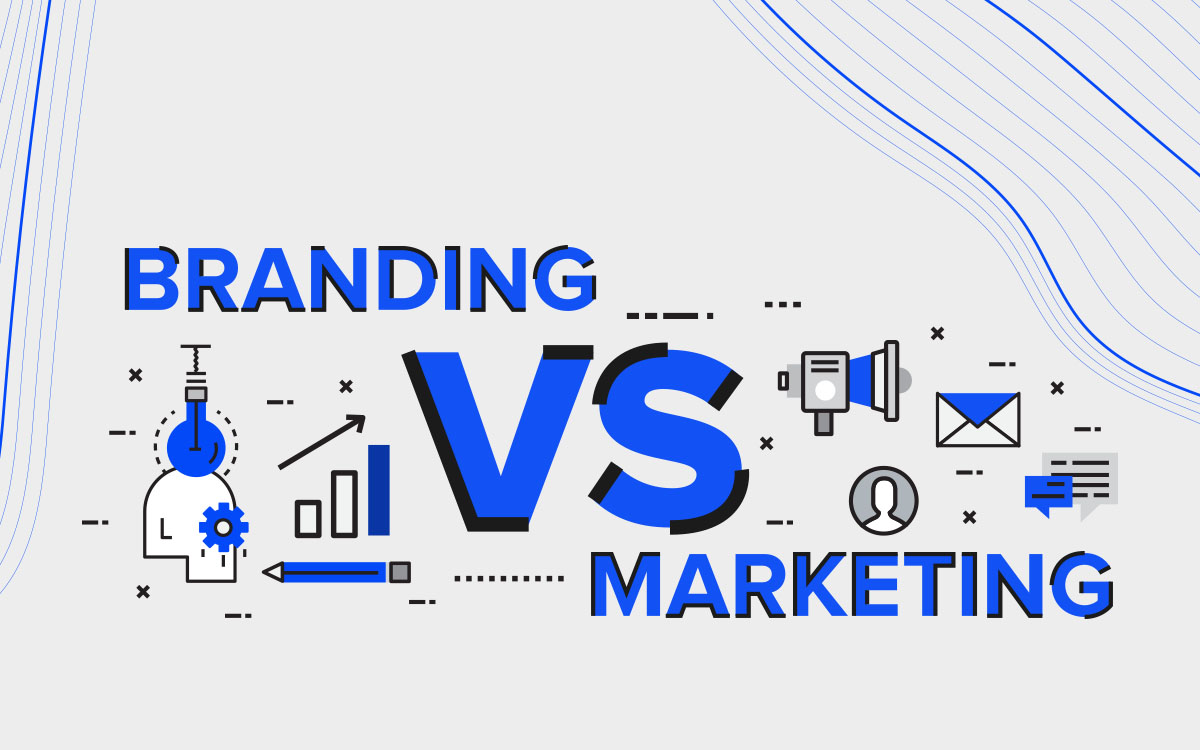What is Branding?
Definition and Concept about Branding
Branding is about crafting the unique identity of your company. According to Kotler & Keller in 2015, Branding is endowing products and services with the power of a brand.
It’s the process of developing your company’s image and identity, forming the perception people have when they think of your business. Aspects of branding include:
Values: What your company stands for and believes in.
Tone: The voice of your brand, be it professional, friendly, or elite.
Visual Appearance: Elements like color schemes and design styles.
Branding is essentially shaping how your target audience perceives and interacts with your company, influencing their loyalty and overall impression.
Components of Branding
Your branding strategy encompasses more than just visual elements. It involves establishing a connection with your audience through shared values and unique selling propositions (USPs). This connection is not just visual but also emotional and psychological, playing a crucial role in customer loyalty and brand recognition.
What is Marketing?
Definition and Concept about Marketing
Marketing, on the other hand, is the set of actions taken to promote your business and its products or services. It focuses on tactics aimed at driving sales and engaging potential customers. Key marketing strategies include:
Digital marketing (like content marketing and social media)
Traditional marketing (like print ads and TV commercials).
Marketing strategies are designed to convert potential customers into actual buyers, employing various tactics to stimulate interest and sales.
Marketing Strategies and Examples
Effective marketing involves targeted campaigns, calls to action, and the use of multiple channels for maximum reach and impact. It’s about delivering the right message at the right time to the right audience, driving sales and business growth.
Branding vs. Marketing: Understanding the Difference

Are branding and marketing the same thing?
Branding is about establishing who you are as a business, while marketing is about promoting and selling what you offer. One easy way to distinguish them is to consider branding as your company’s identity, while marketing encompasses the methods used to communicate that identity to your audience.
Fundamental Differences
The primary difference lies in their focus and objectives. Branding is a long-term strategy focused on building recognition and loyalty. In contrast, marketing is a short-term strategy aimed at boosting sales and market presence. Each serves a unique purpose in the overall business strategy, with branding shaping marketing efforts and marketing reinforcing the brand message.
The Interplay and Sequence of Branding and Marketing
Which Comes First between Branding and Marketing and Why
Branding typically precedes marketing. Establishing a strong brand strategy provides the foundation upon which marketing efforts are built. The brand’s identity, values, and message, defined during the branding process, guide the direction and tone of subsequent marketing activities.
How Branding Informs Marketing
Your brand strategy lays the groundwork for your marketing tactics. The brand’s voice, personality, and visual elements defined in the branding phase become tools for crafting effective marketing campaigns. This synergy ensures that all marketing efforts are aligned with the overall brand identity.
Illustration about Branding and Marketing
Here’s a scenario for you.
Jack and Paul decided to start their own shop. Jack bought a small shop that has nothing in it. He decided not to do any renovation and place all of his products in the shop and printed out brochures & posters and paste them at nearby locations.
Paul on the another hand, face similar situation as Jack, small shop and empty inside however, Paul decided to paint the shop with nice vibrant colours, hang decorations and have the shop look sparkling clean. Just like Jack, he too printed out brochures & posters and paste them at nearby locations.
The customers eventually come over to both shops accordingly, but can you make a guess who got their sales? Yes, it’s Paul. He had built his brand which led on marketing and his branding was consistent and easily recognisable which helps people feel more comfortable in purchasing his products or service.
Goals and Metrics of Branding and Marketing
Overarching Goals
Both branding and marketing aim to attract and retain customers to grow the business. However, they achieve this goal differently. Branding focuses on building long-term relationships and loyalty, while marketing targets immediate sales and customer acquisition.
Different Metrics for Evaluating Success
Branding and marketing each have distinct metrics for measuring success. Branding metrics might include brand awareness, perception, and loyalty, while marketing metrics can include more immediate and quantifiable measures like click-through rates, email opens, and sales conversions.
Conclusion
Understanding and effectively leveraging both branding and marketing are essential for business growth and success. While branding builds and maintains the identity and values of a business, marketing strategies are used to communicate this identity to the target audience and drive sales.
Incorporating both into your business strategy can lead to increased brand recognition, customer loyalty, and revenue growth. For further insights and strategies tailored to your business, visit Neu Entity.
Let’s Talk!
If what you see here is relevant for you and can help you grow your business or organisation, we’d love to discuss further with you. Drop us a message or schedule an appointment with us.
